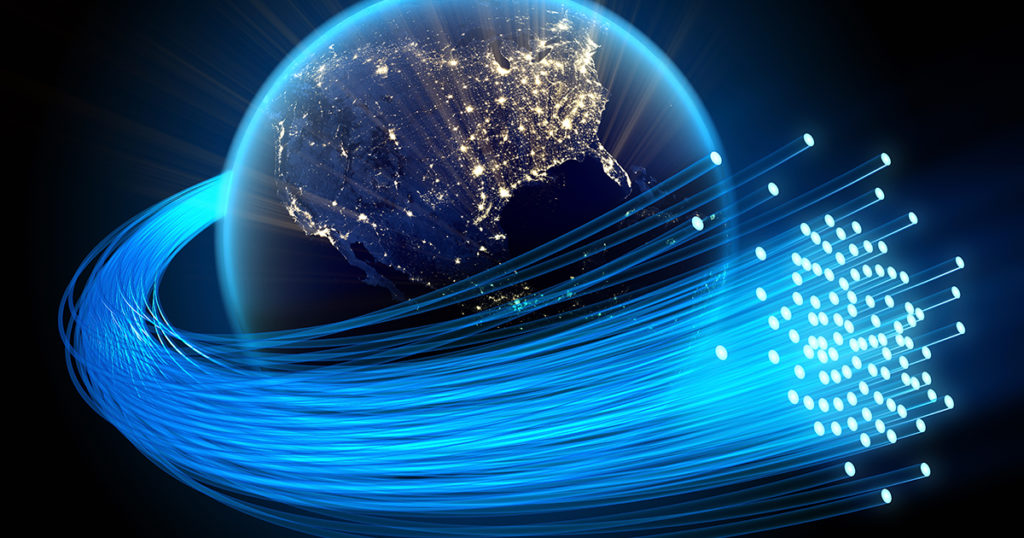
In today’s technologically advanced world, buffering is now a form of modern-day torture. Whether you’re streaming high-definition content, participating in video conferences, or engaging in online gaming, a fast and reliable internet connection is essential. Among the various types of internet connections available, fiber internet stands out for its superior speed and performance.
But how does it really compare to other connections like DSL, cable, and satellite internet? Let’s break it down.
Understanding Internet Connection Types

Understanding the different types of internet connections can help you choose the best option for your needs, whether it’s for personal use, business, or any other application.
Here’s a breakdown of the main types of internet connections:
What is Fiber Internet?
Fiber internet uses fiber-optic cables, which are made of thin strands of glass or plastic that transmit data as light signals. This technology allows for incredibly high-speed data transmission with minimal latency.
What are Other Common Internet Connections?

Here are a few more common internet connection types you might encounter:
- DSL (Digital Subscriber Line): Utilizes existing telephone lines to transmit data. It’s widely available but generally slower than cable and fiber.
- Cable Internet: Uses the same coaxial cables as cable television. Offers higher speeds than DSL but can be affected by network congestion.
- Satellite Internet: Uses satellites orbiting the Earth to provide internet service. It’s an option for rural areas but suffers from high latency and lower speeds.
Speed Comparison Between Fiber and Other Connections

Here’s a comparison of speeds between fiber optic connections and other common types of internet connections:
How Fast is Fiber Internet?
Fiber internet can provide speeds up to 1 Gbps (Gigabit per second) and even higher in some cases. This makes it one of the fastest internet options available today.
How Does DSL Compare to Fiber?
DSL speeds typically range from 1 Mbps to 100 Mbps. While this may be sufficient for basic browsing and email, it falls short for high-bandwidth activities like HD streaming and online gaming.
How Does Cable Compare to Fiber?

Cable internet offers speeds up to 500 Mbps, making it faster than DSL but still not on par with fiber. Additionally, cable speeds can fluctuate based on the number of users on the network.
How Does Satellite Compare to Fiber?
Satellite internet generally provides speeds between 12 Mbps and 100 Mbps. However, it is prone to high latency due to the long distance data must travel, making it less ideal for real-time applications.
Is Fiber Internet Worth the Investment?

Absolutely. If you require a high-speed connection for activities like streaming, gaming, and remote work, the investment in fibre networks are well worth it.
Conclusion: Enjoy a Fast Fiber Internet Connection with AiNET!
When it comes to internet speed and reliability, a fiber optic network is the clear winner. While DSL, cable, and satellite have their advantages, none can match the speed, consistency, and future-proofing benefits of fiber. For tech enthusiasts and heavy internet users, switching to a fiber internet connection can significantly enhance your online experience.
Ready to upgrade? Visit AiNET to see if a fiber network is available in your area.
Happy surfing!
